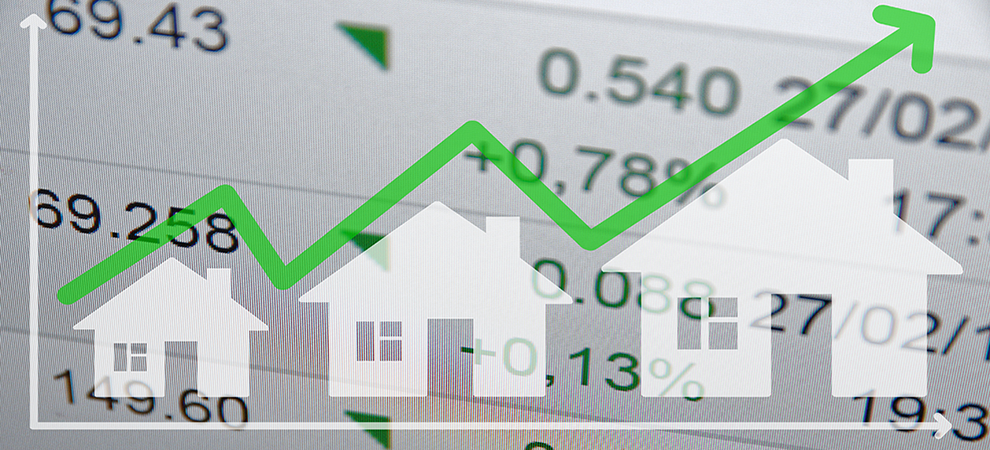Single Family Home Rents in U.S. Increased 2.8 Percent in 2017
18/04/2018

Residential News » Irvine Edition | By Michael Gerrity | April 18, 2018
According to CoreLogic's new Single-Family Rent Index, which analyzes single-family rent price changes nationally and among 20 metropolitan areas, shows a national rent increase of 2.8 percent in January 2018, compared to 2.6 percent in January 2017.
Low rental home inventory, relative to demand, fuels the growth of single-family rent prices. The Rent Index shows that single-family rent prices have climbed between 2010 and 2018; however, year-over-year rent price increases have slowed since February 2016, when they peaked at 4.1 percent.
Fast FAQs:
- Low-end rentals show significantly higher rent increases.
- Las Vegas had the highest year-over-year rent price increase, at 4.8 percent in January 2018.
- Low-end rental prices were up 3.8 percent compared to high-end price gains of 2.4 percent.
National rent growth in January 2018 was pulled down by high-end rentals, which are defined as properties with rent prices 125 percent or more of a region's median rent. High-end rent prices increased 2.4 percent year over year in January 2018, up from a gain of 1.5 percent in January 2017. Rent prices among low-end rentals (properties with rent prices less than 75 percent of the regional median) increased 3.8 percent in January 2018, down from a gain of 4.7 percent in January 2017.
Among the 20 analyzed areas, Las Vegas had the highest year-over-year increase in single-family rents in January 2018, at 4.8 percent (compared with January 2017), followed by Orlando and Phoenix. Urban Honolulu is the only metro among the 20 analyzed with decreasing rent prices, declining 1.1 percent year over year in January 2018.
Metro areas with limited new construction, low rental vacancies and strong local economies that attract new employees tend to have stronger rent growth. Orlando and Phoenix both experienced 4.5 percent year-over-year rent growth in January 2018, driven by employment growth of 3.6 percent and 2.7 percent, respectively, year over year. This is compared with the national employment growth average of 1.4 percent, according to data from the United States Bureau of Labor Statistics. Of the 20 metros analyzed, Chicago experienced the lowest employment growth, which could be a factor in its low rent growth. Rent prices continue to increase in disaster areas like the Houston metro area, which experienced growth of 2.8 percent year over year. This is up from a 1.2 percent increase in October 2017, which was the first rent increase for Houston since April 2016.
"Single-family rent price growth remained solid in January," said Molly Boesel, principal economist for CoreLogic. "High demand and low supply for entry-level properties drove lower-priced rentals to have faster price growth than higher-priced rentals, revealing affordability pressures in this segment of the rental market."


